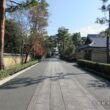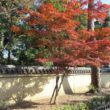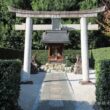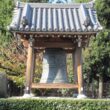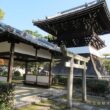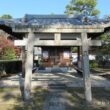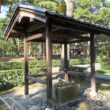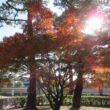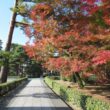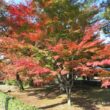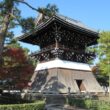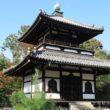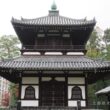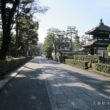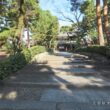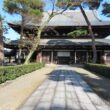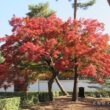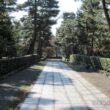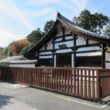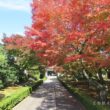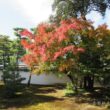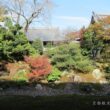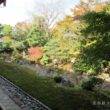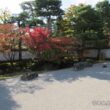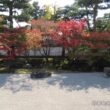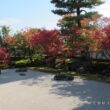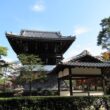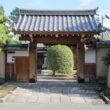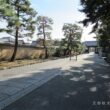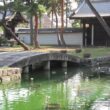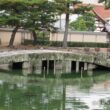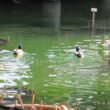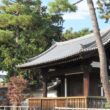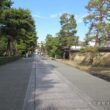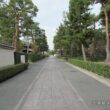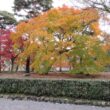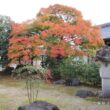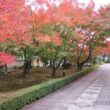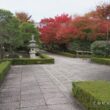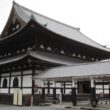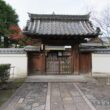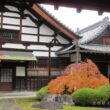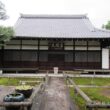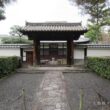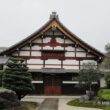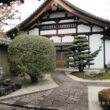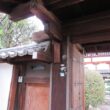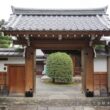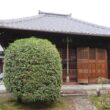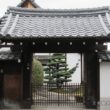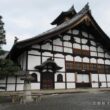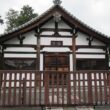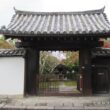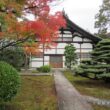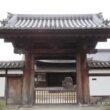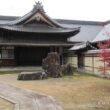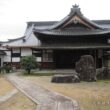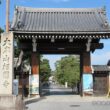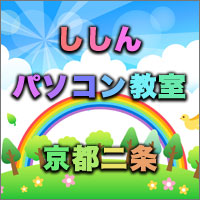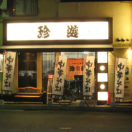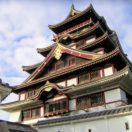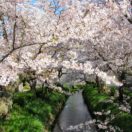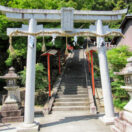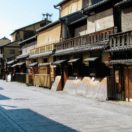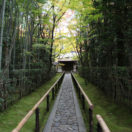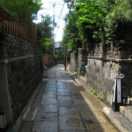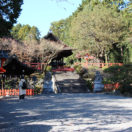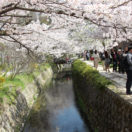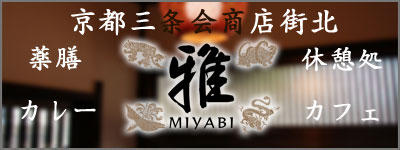adsense4
About Shokoku-ji Temple
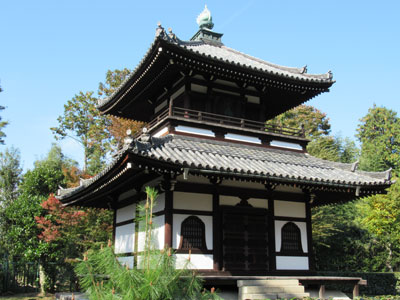
Shokoku-ji Temple is the main temple of the Shokokuji School of Rinzai Sect located in Kyoto City Kamigyo Ward Shokokuji-Monzen town. Its mountain title is Mannenzan. Its deity is Shakyamuni Buddha.
It is a Zen Temple associated with the Ashikaga shogunate, Fushimi family, and Katura family, and it ranks the second in the Kyoto Gozan (five mountains) Shokoku-ji Temple is the center of Gozan literature and painting monks Shubun and Sesshu were from Shokoku-ji Temple. And Rokuon-ji (Kinkaku-ji) and Jisho-ji (Ginkaku-ji) are also Sankai-tacchu (pagoda temples outside the temple) of Shokoku-ji.
The beginning of its history is that it was built by Yoshimitu Ashikaga, the third shogun of the Muromachi Shogunate at the end of the fourteenth century. It repeated the history of many burns and reconstructions and the existing Dharma Hall was rebuilt in 1605 as the oldest dharma hall in Japan and is still in use today.
The person who opened it was Soseki Muso and it is said that when it was built the main gate was located around Muromachi Ichijo and that there were more than fifty pagoda temples on a magnificent site of about 1,440,000 tubo (about 1.4 acres), stretching from the forest of Kamigoryo Shrine to the north, Teramachi Dori to the east, and Omiya Dori to the west.
When the Meiji era started, much of the site where the pagoda once stood has been lost under the influence of anti-Buddhist movement and Doshisha University, Kyoto Prefectural Ouki High School, and Kyoto Municipal Karasuma Junior High School etc. were built on the site.
As to my feeling of going for photoshooting, first and foremost, I was surprised the size of its premises. There were a numerous number of halls including the Dharma Hall and Kaizan Hall and they are continuing existing there proudly by emitting the existence of their own or by keeping the quiet tranquility. Inside I could see the wonderful autumn scenes along with the contrast with the autumn leaves. (The gardens of Sando and Chodokuin are truly spectacular.)
There is a ceiling depicted the dragon in the Dharma Hall and if they move looking at the eyes of the dragon, visitors feel like being watched over by the dragon as it is drawn so that no matter where they move, their eyes will always meet them. The Jotenkaku Museum of Art had a sculpture of Fudo Myoo and a large golden model of the Kinkakuji Shariden.
The Zen air enveloping the entire Shokokuji-Temple. And the luxurious and gorgeous autumn leaves in the fall that are spreading there. And the numerous numbers of halls that are standing in front of us even now and keep alive as the symbol of Buddhist laws. The wonderful scenes suitable for the big temple Shokoku-ji Temple were just spreading there.
adsense2
Shokoku-ji Temple photos
▼Press any thumbnail, and you can see the photo gallery.
▼Tap any thumbnail, and you can see the photo gallery.
Photographer: Shinji Tanaka
Details
| Location | 〒602-0898 701 Aikokuji Monzenmachi, Imaidegawa-dori Umaru Higashi-iru, Kamigyo-ku, Kyoto-shi, Kyoto |
|---|---|
| Telephone | TEL:075-231-0301 |
| Entrance fee | Adults and college students: 800 yen Junior high and high school students, 65 years old and over: 700 yen Elementary school students: 400 yen |
| Access | From Kyoto Station, take Subway Karasuma Line and get off at Imadegawa Station. From Kyoto Station, take Kyoto Bus No. 45 and get off at Karasuma Imadegawa. From Shijo Kawaramachi, take Kyoto City Bus No. 51 to Karasuma Imadegawa. From Sanjo Keihan, take Kyoto City Bus No. 59 to Doshisha-mae bus stop. |
| Parking lot | There is no dedicated parking lot. |
| Site URL | https://www.shokoku-ji.jp/en/ |
Recommended places to visit in conjunction with
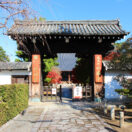
Myokenji Temple
Located in Kamigyo-ku, Kyoto City, Myokenji Temple, also known as Gusoku-zan Myokenji Temple, was founded in the late Kamakura period (1185-1333) and was the first Nichiren-shu temple in Kyoto.

Kyoto Imperial Palace
The Kyoto Imperial Palace is called "Gosho" by the neighboring residents and is popular. From the 14th century to the early Meiji period, this is the place where successive emperors lived, priest rituals and public service.
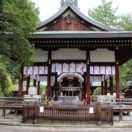
Kamigoryo Shrine
It is in the place where the municipal subway is descended at Kuramaguchi station and it enters the east a little. Although it is located in the city, it has a sense of healing like an urban oasis.

